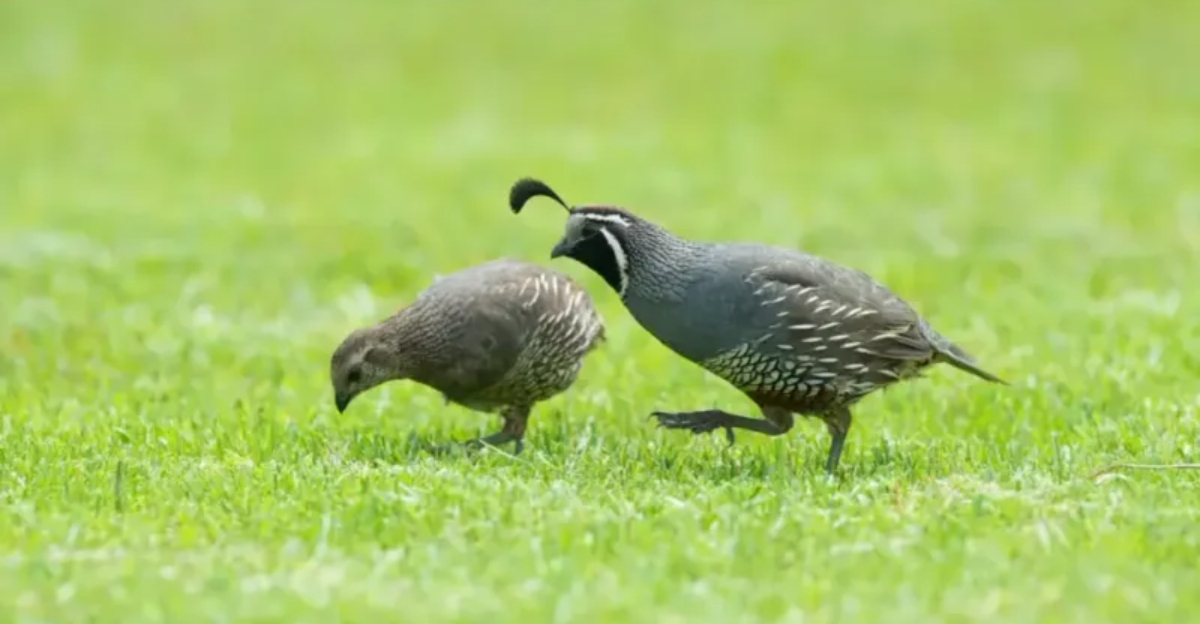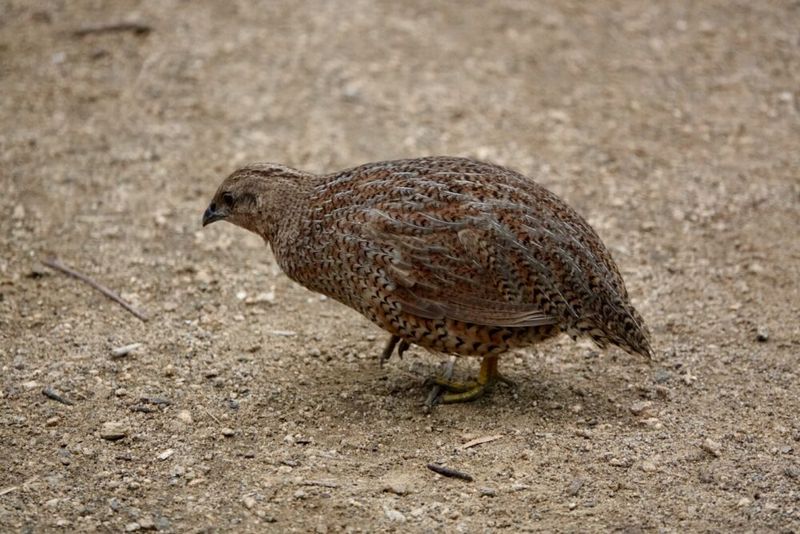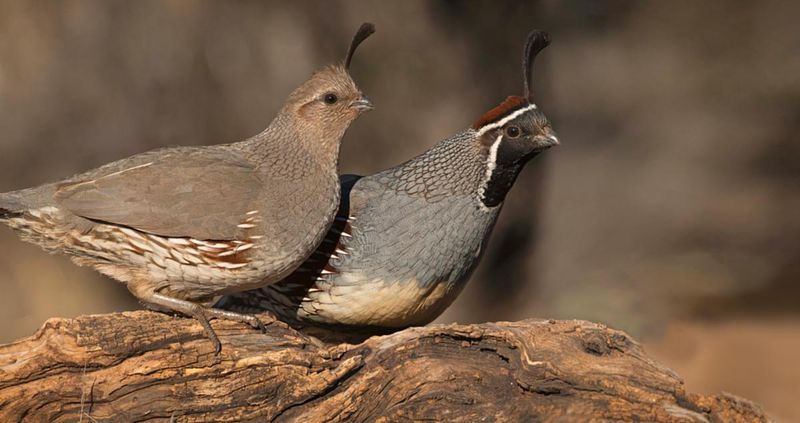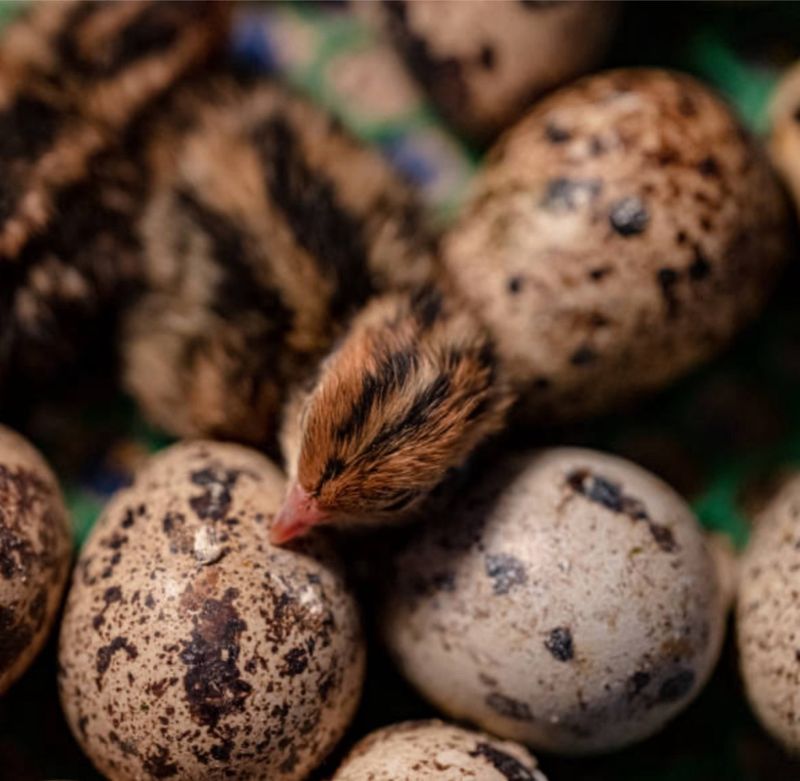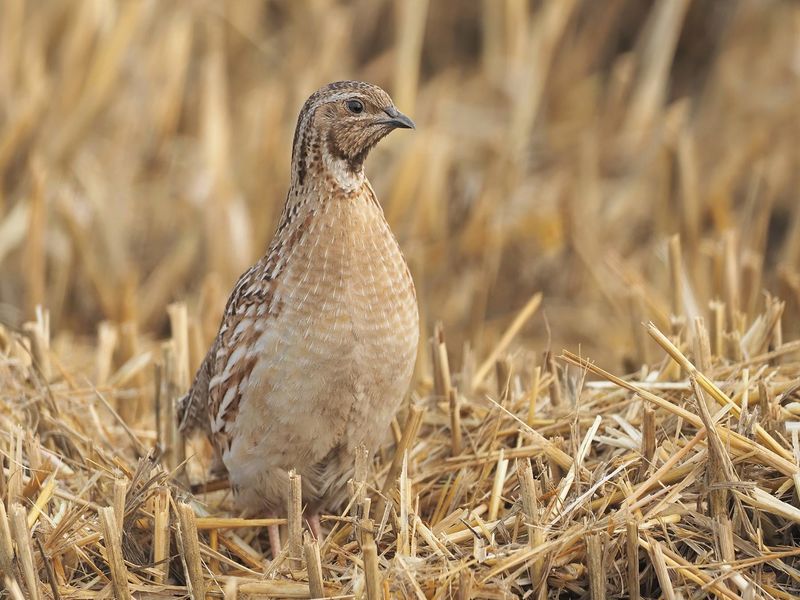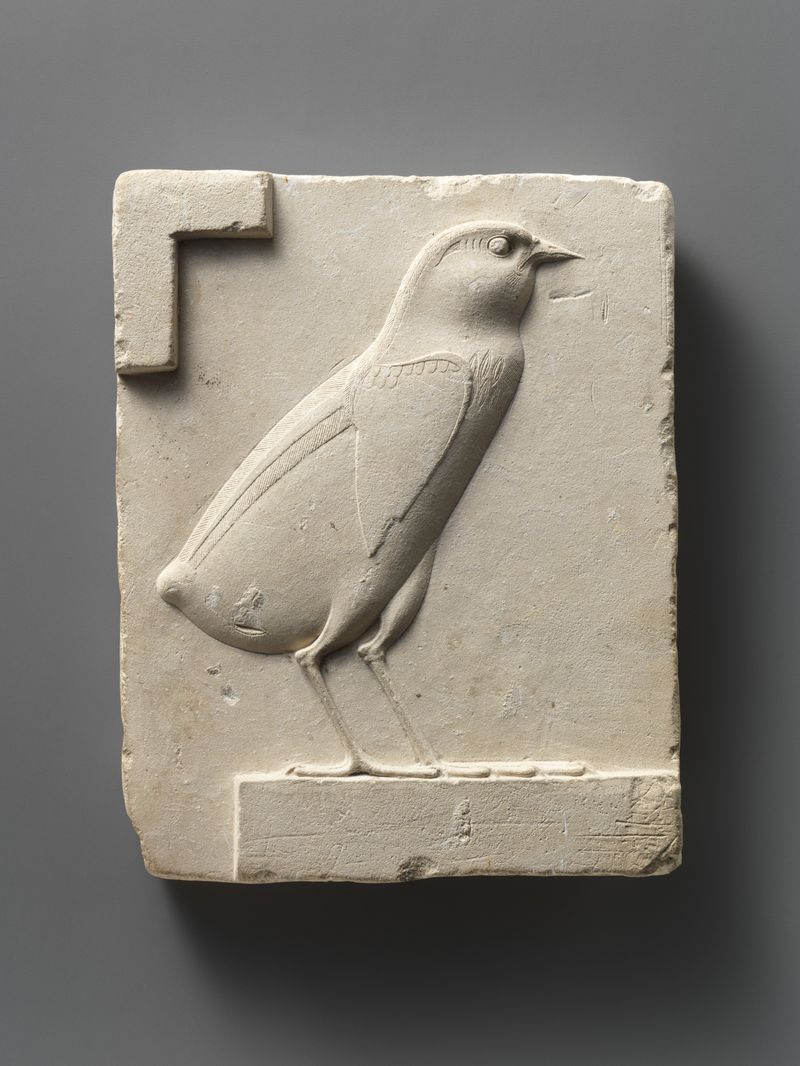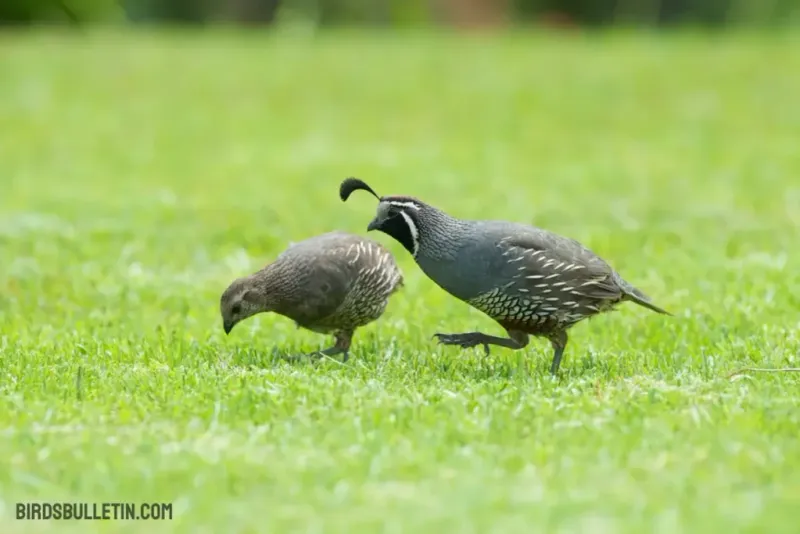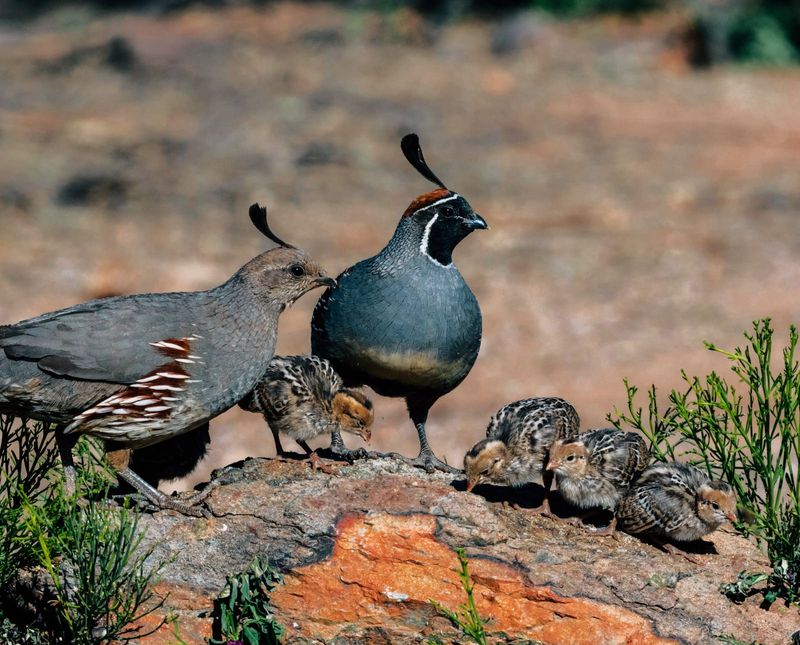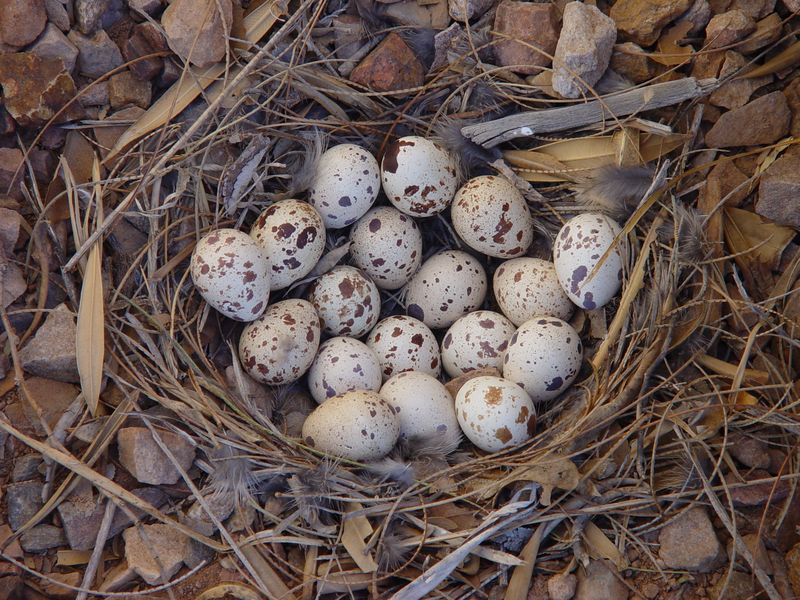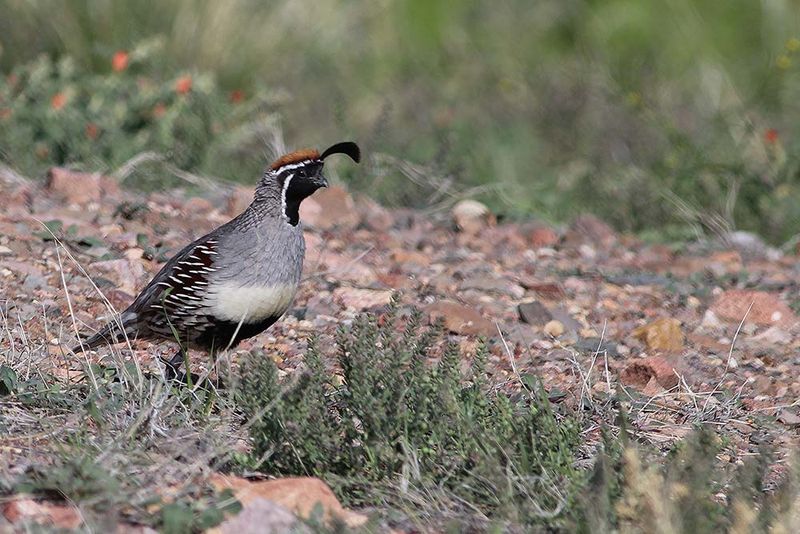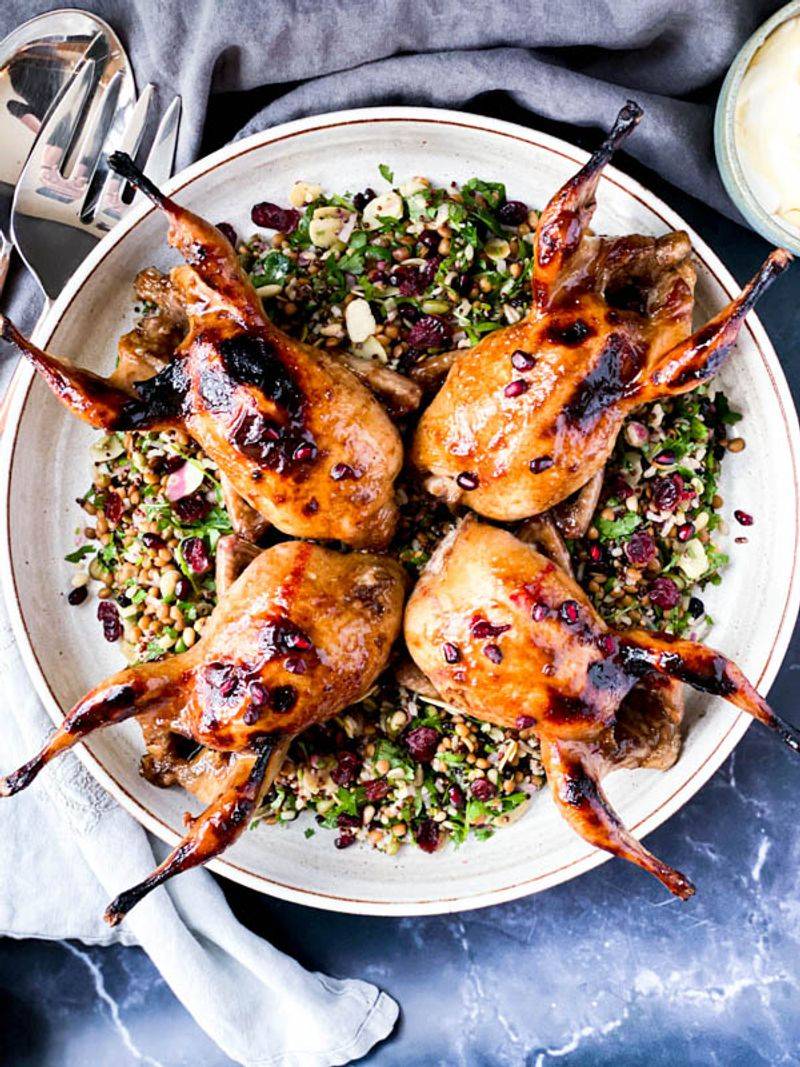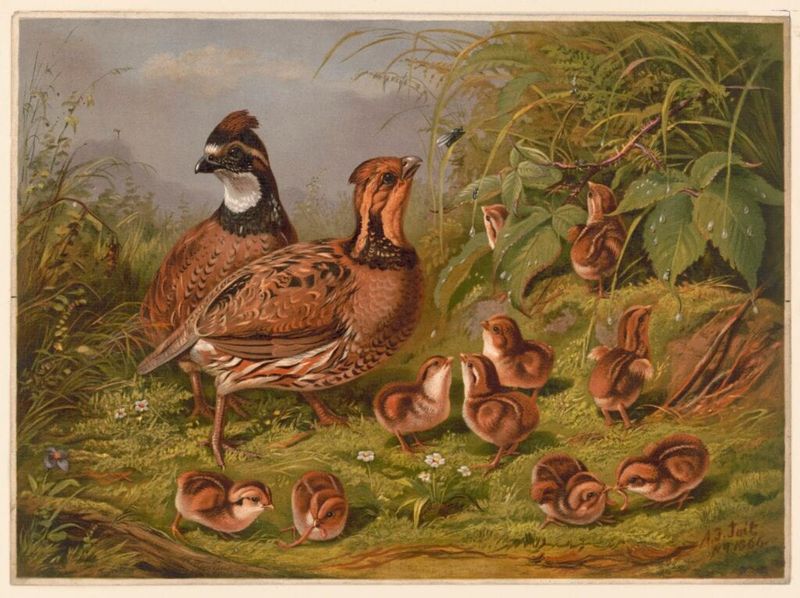Quail, those small, plump birds often seen scuttling through underbrush, are more intriguing than many realize.
Despite their unassuming nature, quails possess a host of surprising traits and behaviors that make them fascinating creatures. This article uncovers eleven things about quail that might just surprise you.
1. Quail’s Camouflage Skills
Quail are masters of disguise. Their feathers are not just for aesthetics; they serve as a vital survival tool. Each quail’s plumage mirrors its environment, providing perfect camouflage against predators.
This adaptation allows them to blend seamlessly into their natural habitats, whether it’s a forest, grassland, or desert. Their mottled brown and gray feathers mimic the earthy tones of the ground, twigs, and leaves, making them nearly invisible to the untrained eye.
This remarkable camouflage ability is essential for their survival, as quail prefer running to flying when evading predators. Thus, next time you spot a quail, take a closer look; they might be closer than you think.
2. Unique Quail Communication
Quail have a distinctive way of communicating. They use a series of chirps, coos, and whistles to convey different messages to each other. These vocalizations serve various purposes, from mating calls to warning of nearby threats.
What’s fascinating is their ability to produce a variety of sounds, each with a specific meaning understood by other quails. This intricate communication system allows them to maintain social bonds and coordinate movements within their covey.
Additionally, quail chicks are known to respond to their parents’ calls even before they hatch, indicating an innate recognition of their family’s unique sounds.
3. Quail’s Rapid Reproduction
Quail are prolific breeders. A female quail can lay between 10 and 15 eggs per clutch, often producing multiple clutches in a single breeding season. This high reproductive rate ensures that their population remains stable even in challenging conditions.
The incubation period for quail eggs is relatively short, usually around 23 days. Once hatched, the chicks mature quickly, reaching independence within a few weeks.
This rapid life cycle is an evolutionary advantage, enabling quail to thrive in various environments. Therefore, despite facing numerous natural threats, quail populations are resilient and bounce back swiftly.
4. Quail’s Migration Mystery
Migration is common in the bird world, but quail present a bit of a mystery. Not all quail species migrate; some are resident birds, while others undertake seasonal movements.
Interestingly, the migration behavior in quails is not consistent, varying by species and environmental conditions. This unpredictability adds to the allure of studying these birds.
Factors such as food availability, weather changes, and habitat conditions dictate whether a quail chooses to migrate. As a result, observing quail during migration periods can be a delightful surprise for bird watchers.
5. Quail in Ancient Cultures
Quail have been part of human culture for centuries. In Ancient Egypt, they were depicted in hieroglyphs and considered a symbol of movement. Their significance didn’t end there; quail have been mentioned in various historical texts and artifacts across different cultures.
These birds were often associated with fertility and abundance due to their prolific breeding nature. In some cultures, quail were also used in traditional medicine and as a source of food.
This rich cultural history highlights the importance of quail beyond their ecological role, showcasing their influence on human society through the ages.
6. Quail’s Dietary Diversity
Quail are opportunistic feeders with diverse diets. They consume seeds, grains, and insects, adapting their intake based on available resources. This dietary flexibility aids their survival in fluctuating environmental conditions.
During breeding seasons, quail often increase their protein intake by consuming more insects, which are crucial for chick development. Conversely, in harsher times, seeds and grains become their primary sustenance.
This adaptability in eating habits not only supports their nutritional needs but also allows them to thrive in various habitats, from woodlands to grasslands. Their varied diet reflects a resilience that aids their widespread distribution.
7. Quail’s Speedy Escape Tactics
Quail are known for their quick escape strategies. When threatened, they prefer running to flying, utilizing their strong legs to sprint away from danger. This behavior is particularly effective in dense underbrush where flying is impractical.
Their rapid movements and ability to change direction swiftly help them evade predators. In addition, quail perform short, explosive bursts of flight if running proves insufficient, covering more ground quickly.
This combination of running and flying offers a dynamic escape strategy, ensuring their survival in the wild. Quail’s preference for speed over flight is both fascinating and a testament to their adaptability.
8. Quail’s Nesting Habits
Quail display unique nesting behaviors. Typically ground-nesters, they create shallow scrapes lined with leaves and grass to lay their eggs. These nests are often well-hidden in tall vegetation, offering protection from predators.
The female quail’s choice of nesting site is strategic, ensuring proximity to food sources and safety for her eggs and chicks. Once the chicks hatch, they are precocial, meaning they can leave the nest shortly after birth.
This early independence reduces the risk of predation while allowing the mother to focus on foraging. Quail’s nesting strategies highlight their innate survival instincts.
9. Quail’s Role in Ecosystems
Quail play a significant role in ecosystems. As seed dispersers, they contribute to plant regeneration and biodiversity. Their foraging habits control insect populations, promoting balance within their habitats.
Furthermore, quail serve as prey for various predators, including birds of prey and mammals. This positioning within the food chain helps maintain ecological balance. Their presence indicates a healthy ecosystem, as they require specific environmental conditions to thrive.
The role of quail in nature extends beyond mere survival; they are integral to the functioning and health of their habitats, highlighting their ecological importance.
10. Quail in Cuisine
Quail are a delicacy in various cuisines worldwide. Their meat is tender and flavorful, often compared to chicken but with a richer taste. Quail eggs are also popular, known for their delicate flavor and nutritional benefits.
In culinary settings, quail can be prepared in numerous ways, from roasting to grilling, and are often paired with herbs and spices that complement their unique taste.
Quail dishes are a staple in gourmet restaurants, celebrated for their elegance and exotic appeal. This culinary versatility makes quail a sought-after ingredient for chefs looking to create memorable dining experiences.
11. Quail’s Symbolic Meanings
Quail hold symbolic meanings in various cultures. Often associated with protection and family, these birds symbolize nurturing and safety. In some traditions, quail are considered omens of good fortune and prosperity.
Artistic depictions of quail often emphasize their familial bonds and protective nature, capturing the essence of their symbolic roles. They are frequently featured in folklore and mythology, underscoring their cultural significance.
The symbolic representations of quail reflect the deep connections between these birds and human beliefs, illustrating their enduring impact on cultural narratives and symbolism across the world.
